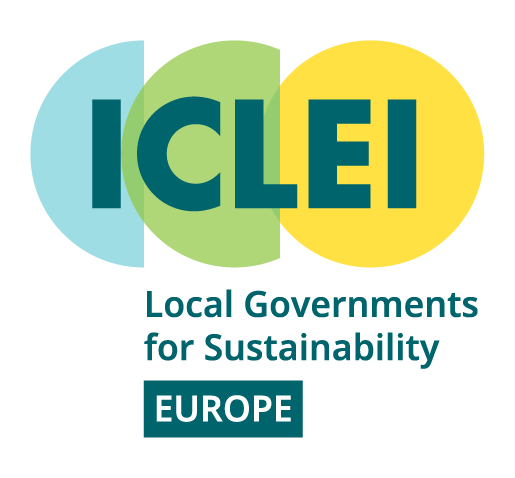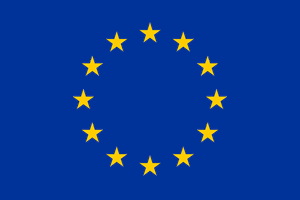Labelling initiatives
Labels are applied to projects, services, products and enterprises in order to inform consumers of their environmental and social performance. Environmental and social labels can be either voluntarily adopted or mandated by law. Some green electricity labels integrate ecological and social criteria that complement or exceed national or regional legislation requirements.
In the wind sector, there have been cases where labels had to be developed in response to concerns on impacts on landscape, and nature and biodiversity, especially in protected areas.
Labelling initiatives can be considered as a means to increase public trust and foster social acceptance. In some countries like Germany, state-led or industry-led label actions were implemented to certify the compliance of the wind project developers facility with a set of certain standards and criteria related to procedural and financial participation of local communities and stakeholders. See best practices
Find out more
Green Electricity labels and wind energy labels have been established at international and national levels. Here below further readings:
Overview of Green Energy Label
Screening of Technical and Non-Technical regulations, guidelines and recommendations paragraph 5.2.1
Overview of Fair Wind Energy Label in Thuringia (Germany)
Screening of Technical and Non-Technical regulations, guidelines and recommendations paragraph 5.2.2
Summary of Best Practice Case “Community Wind Farms in Schleswig-Holstein”
Synthesis and Comparative Analysis of Best Practice Case Studies for Promoting the Social Acceptance paragraph 6.1.2
Summary of Best Practice Case “Service Unit Wind Energy & Quality Label in Thuringia”
Synthesis and Comparative Analysis of Best Practice Case Studies for Promoting the Social Acceptance paragraph 6.1.2
















